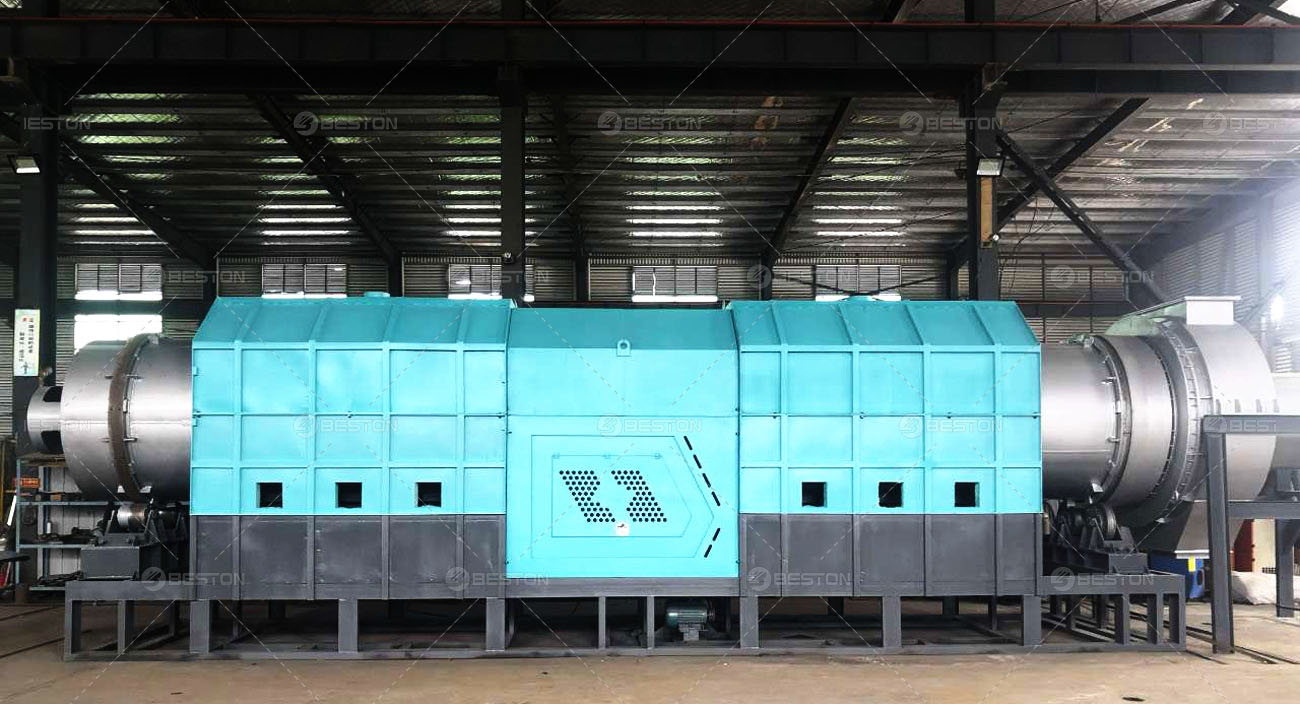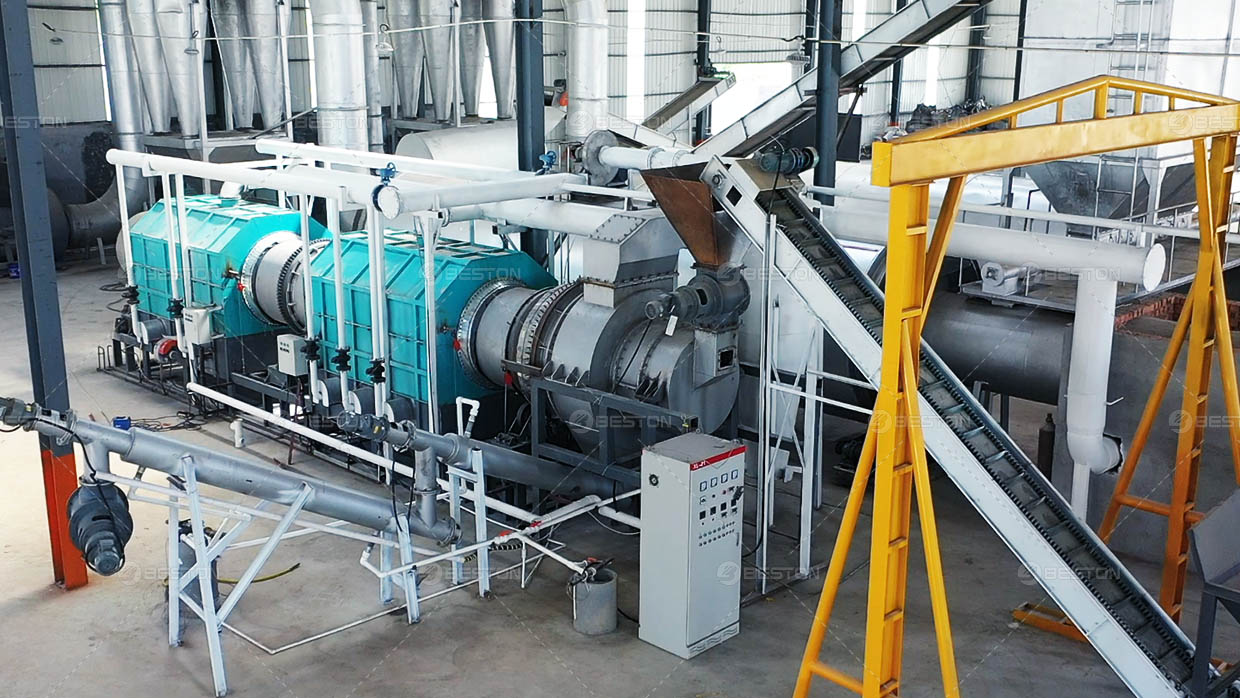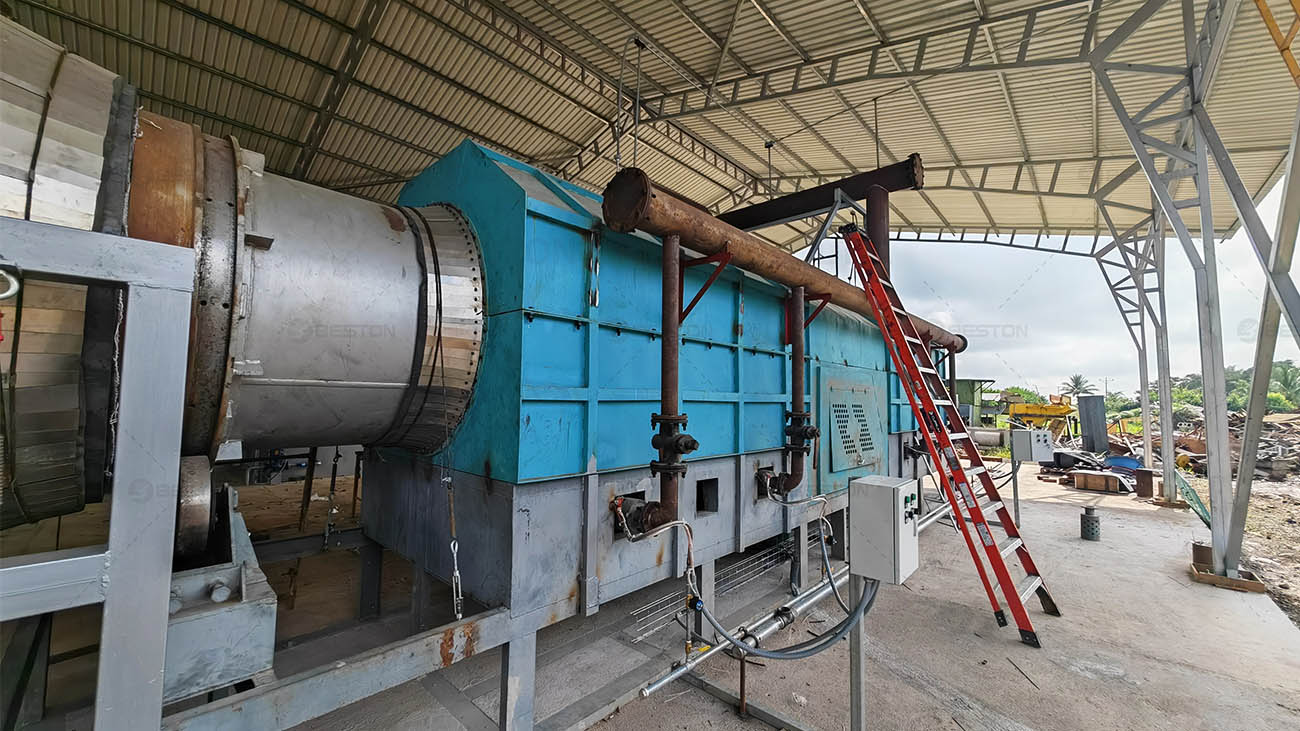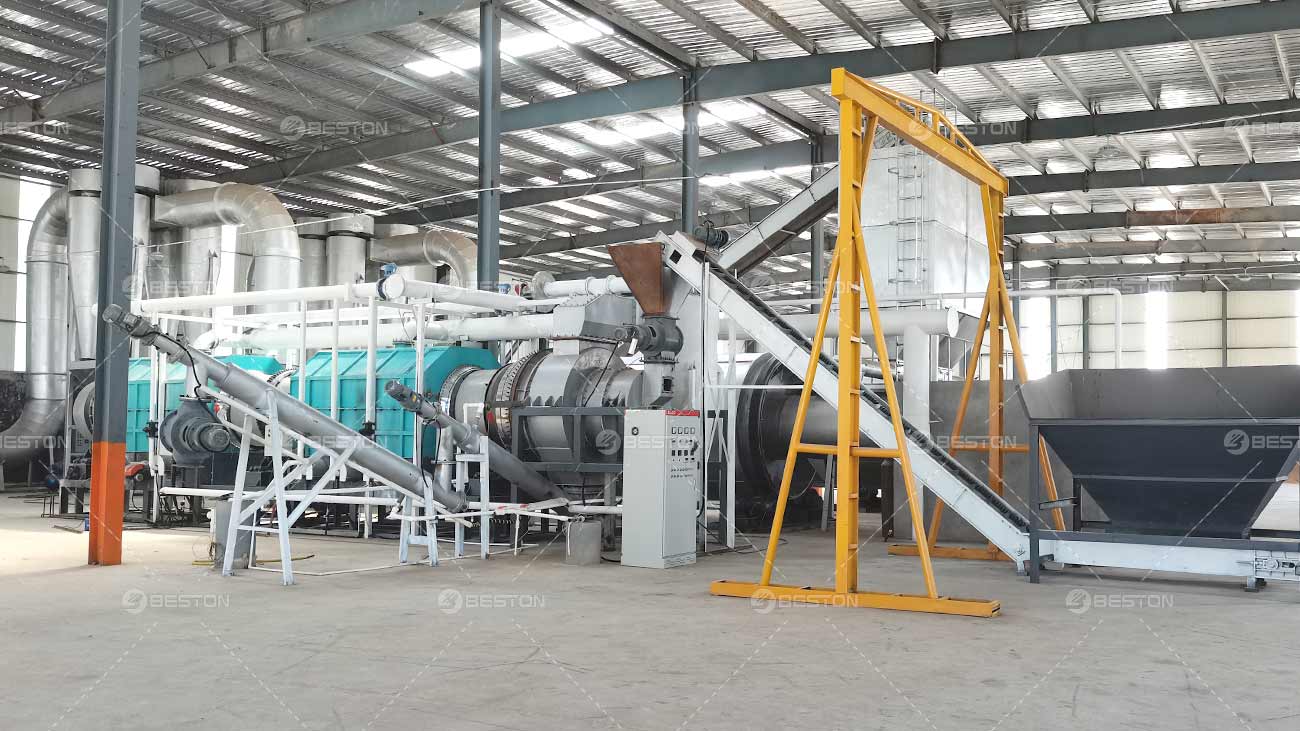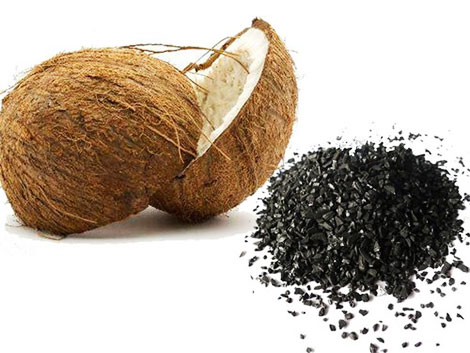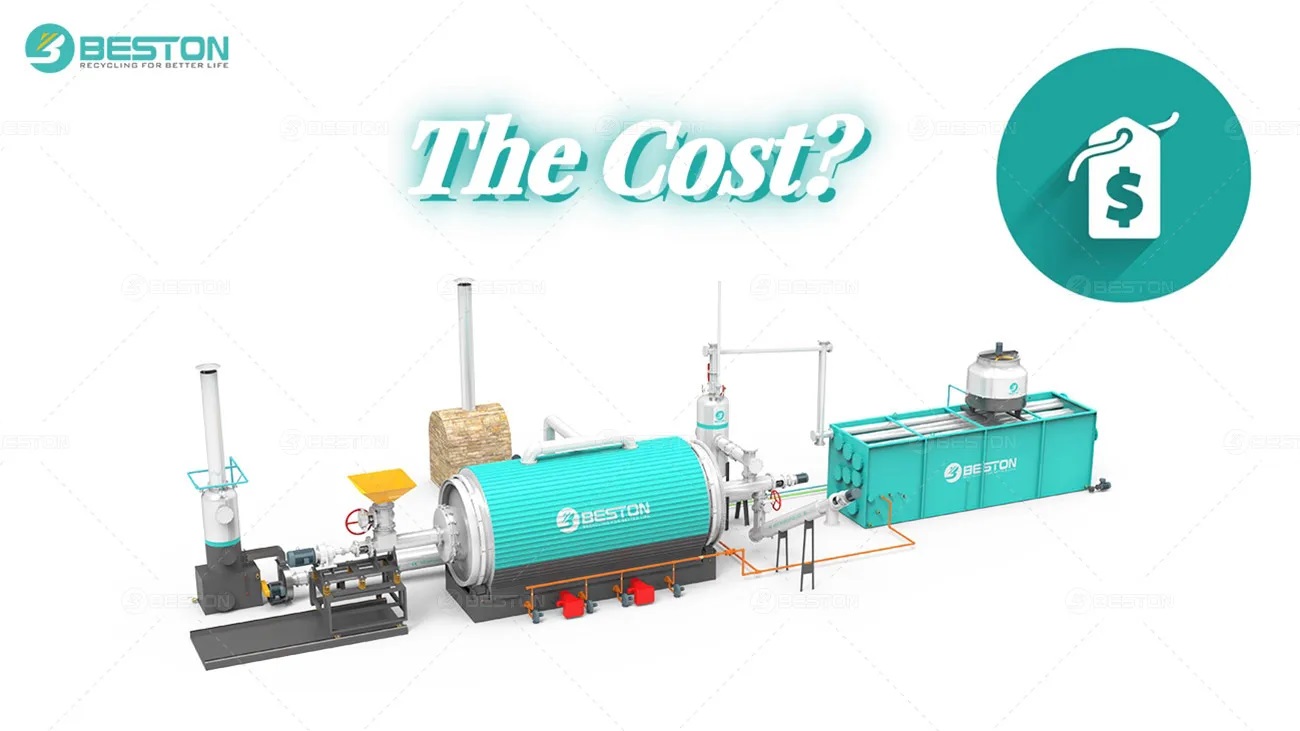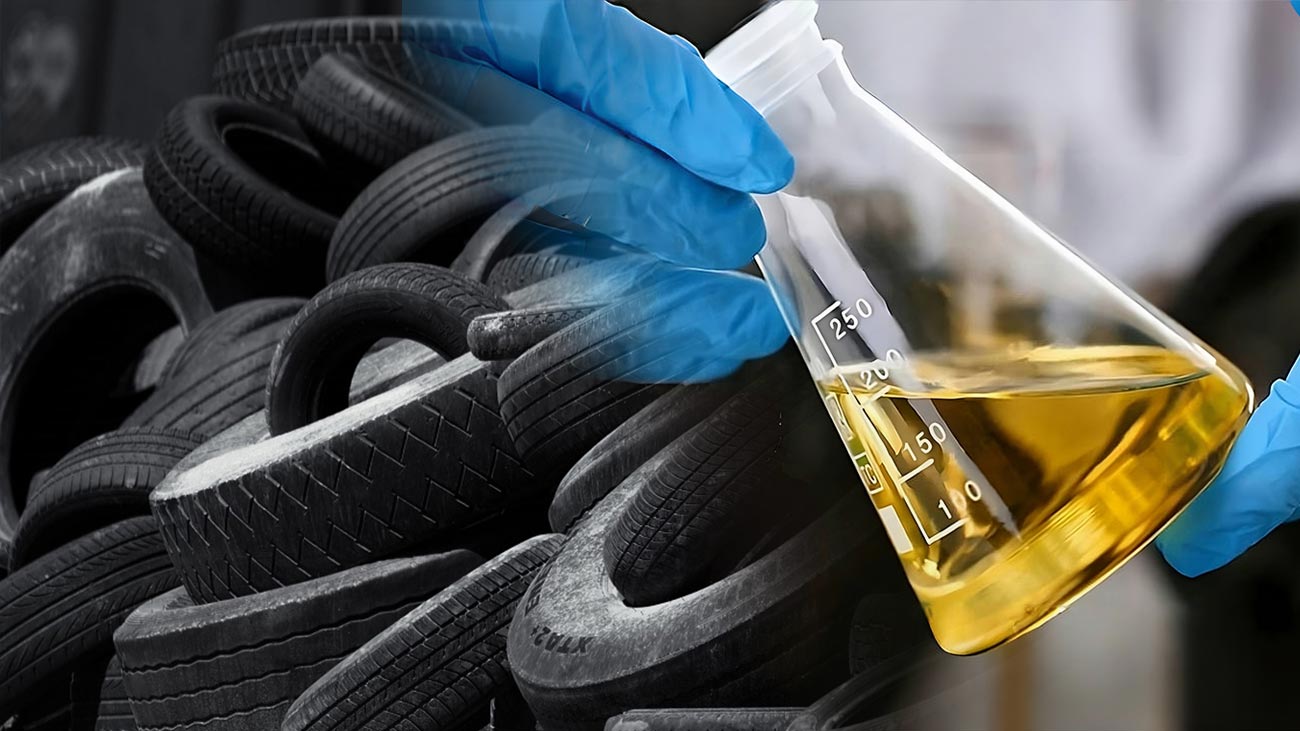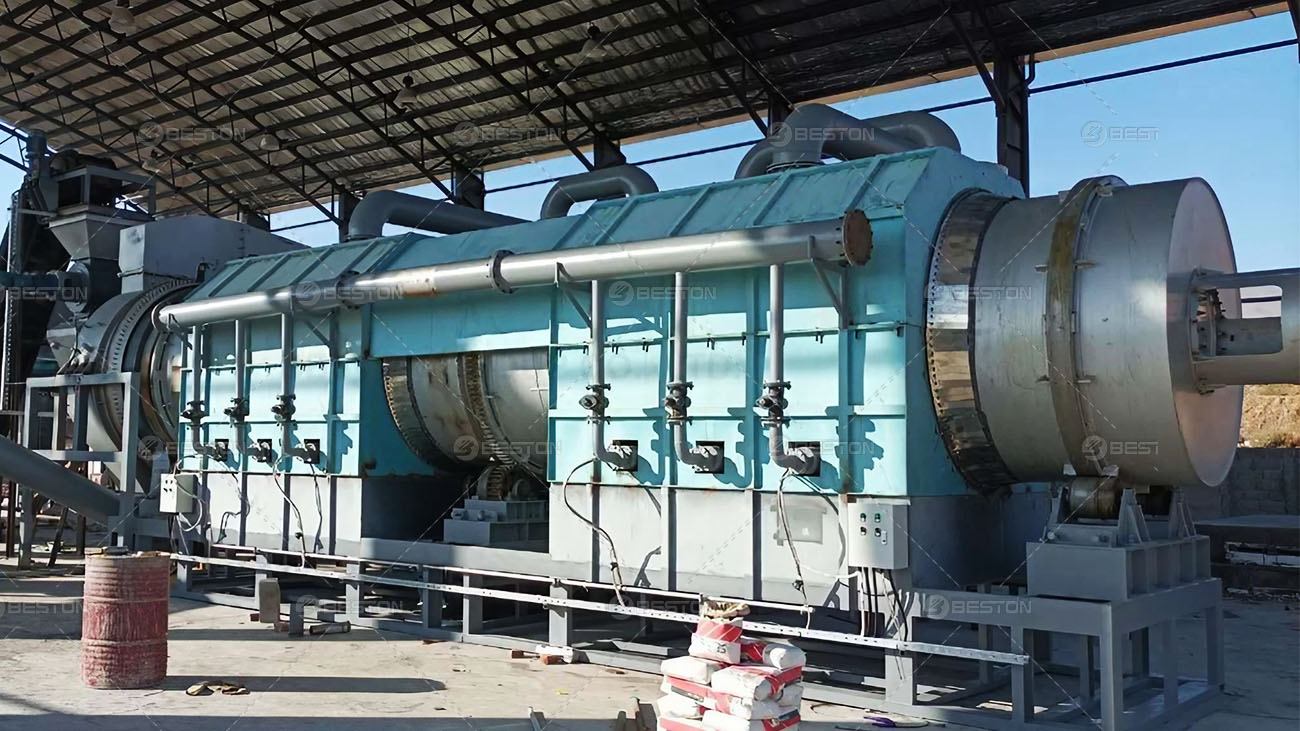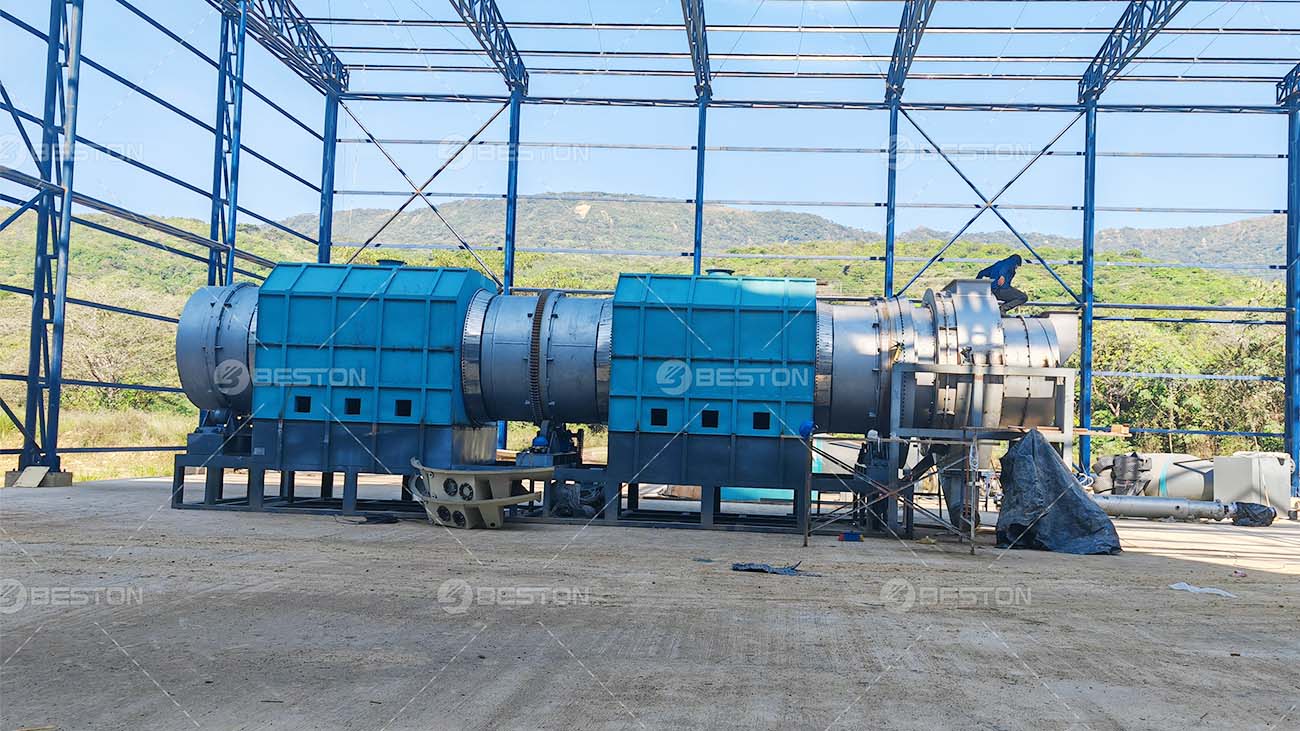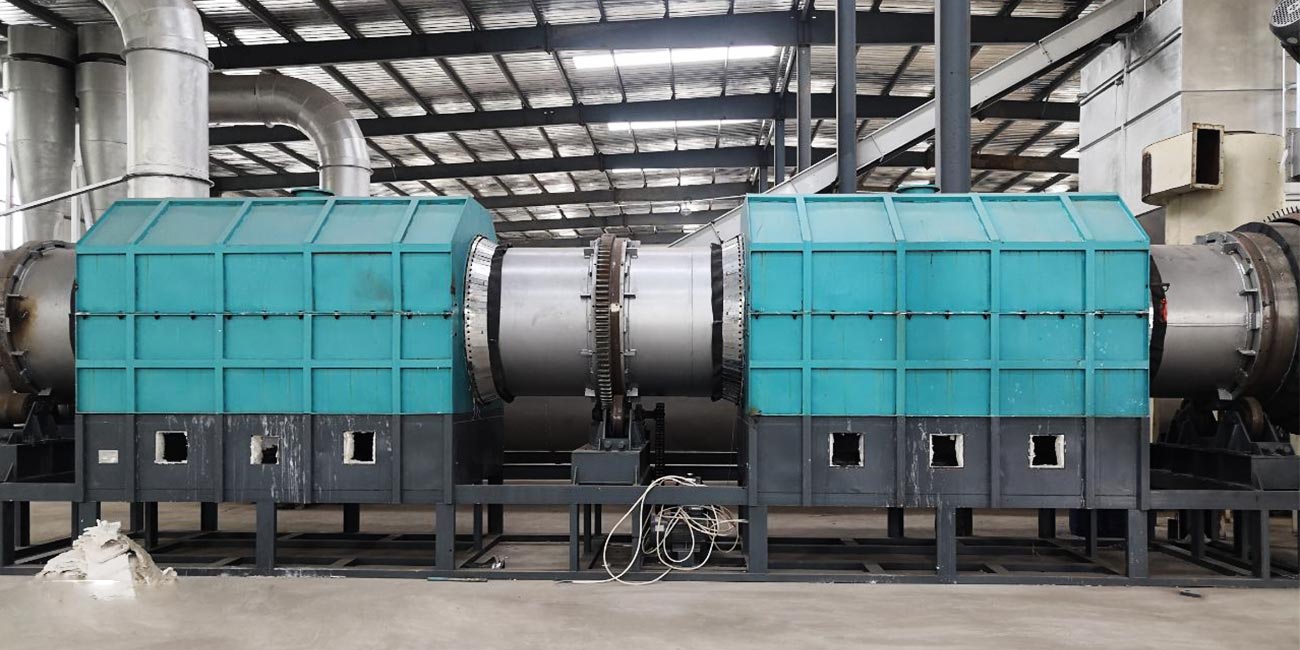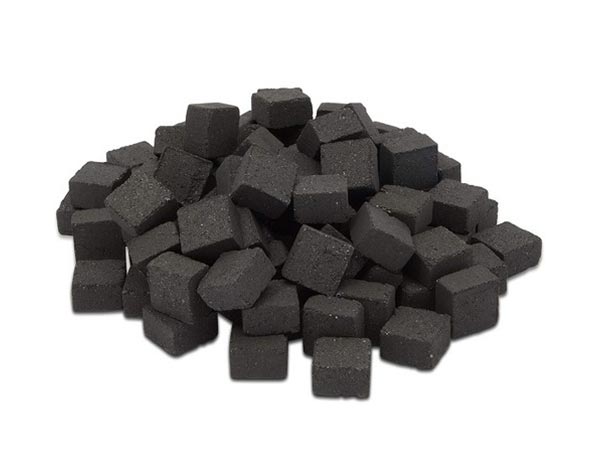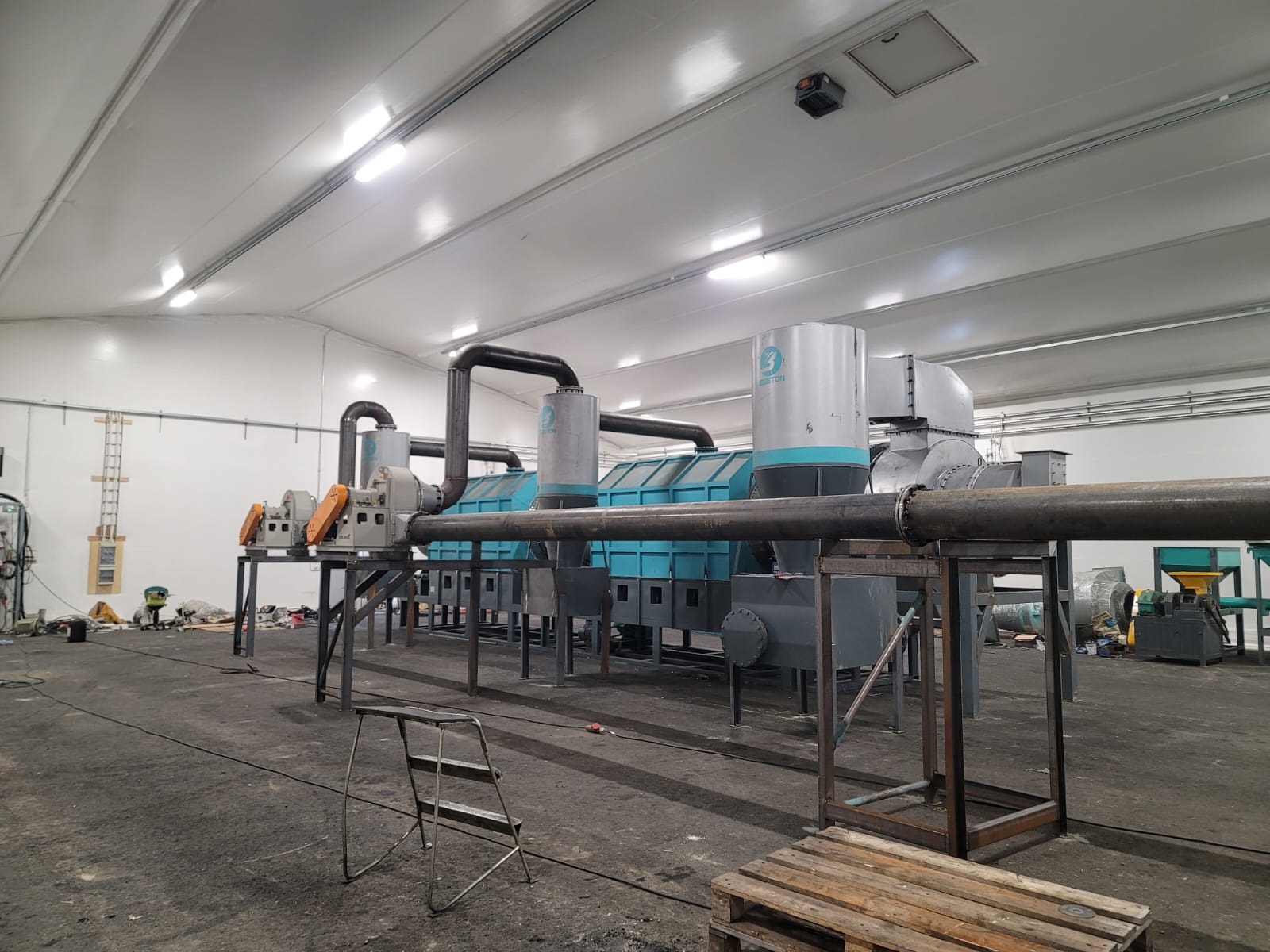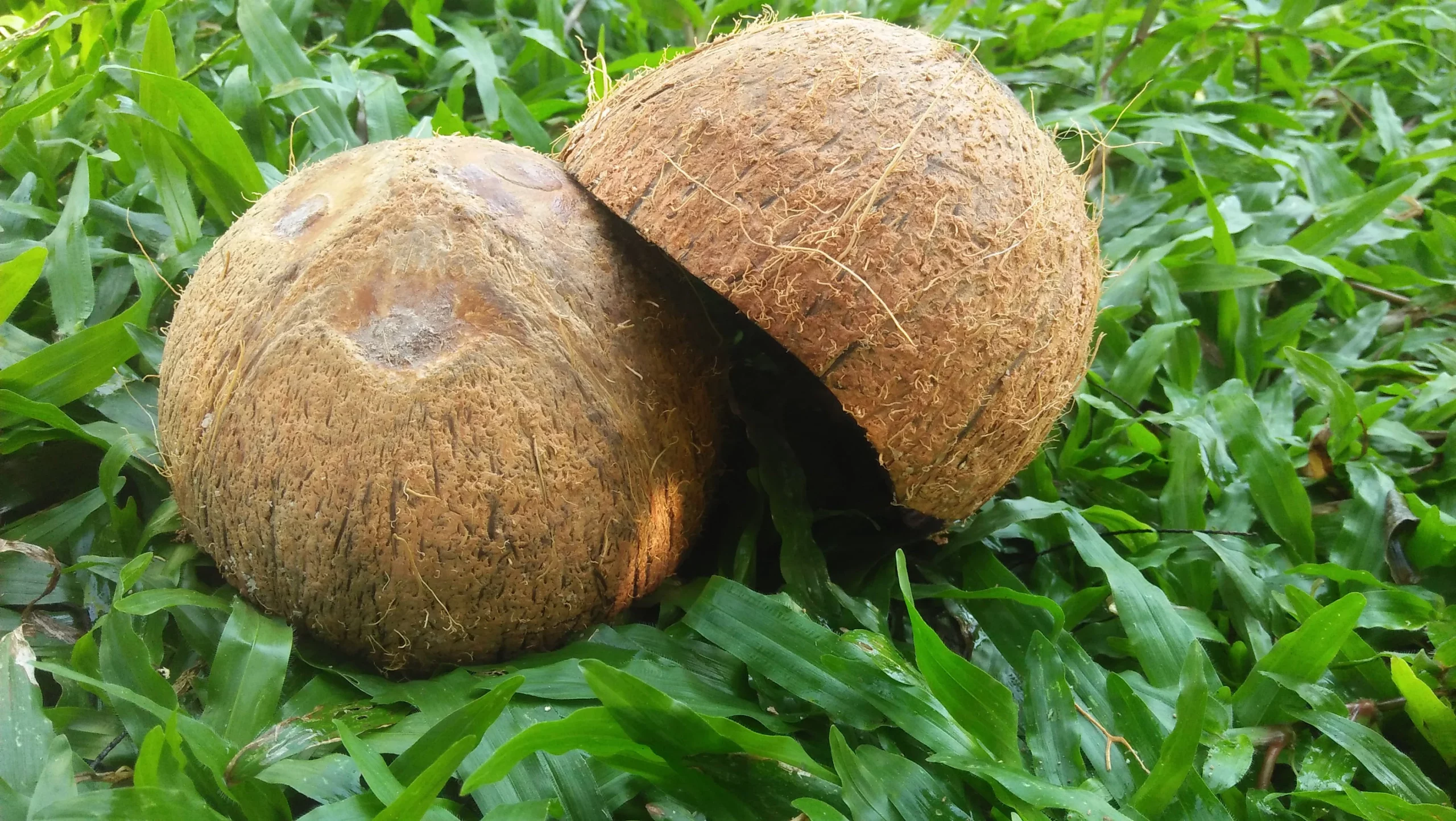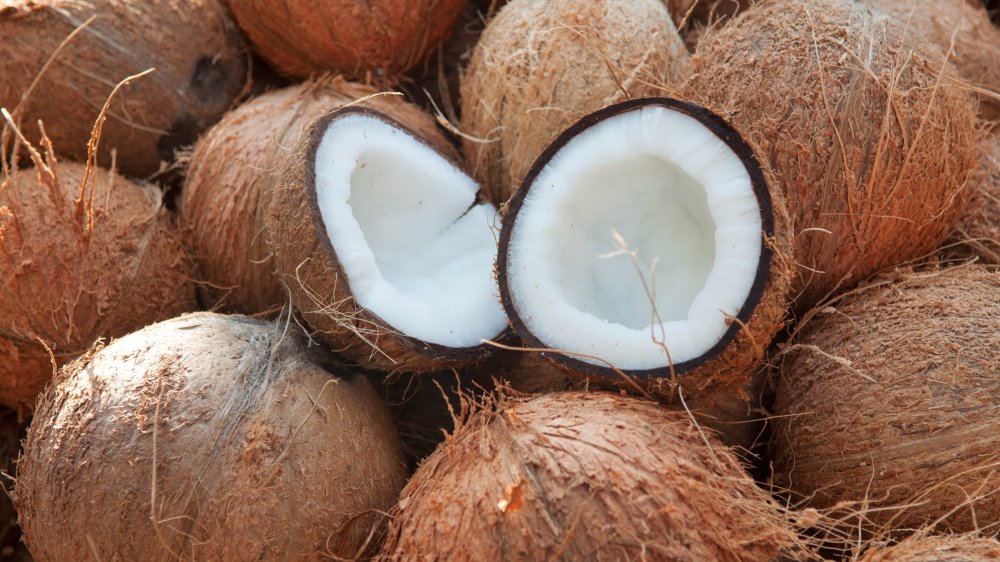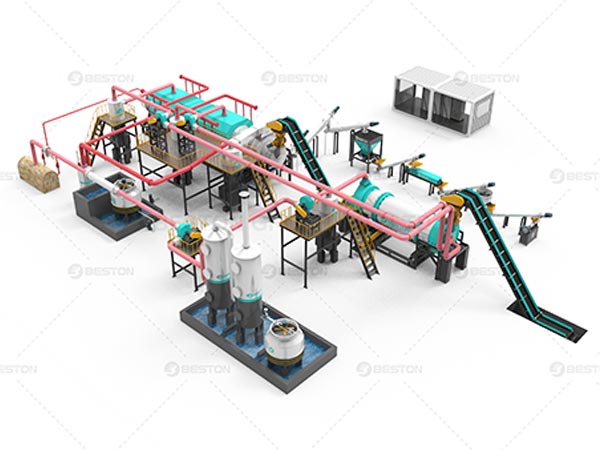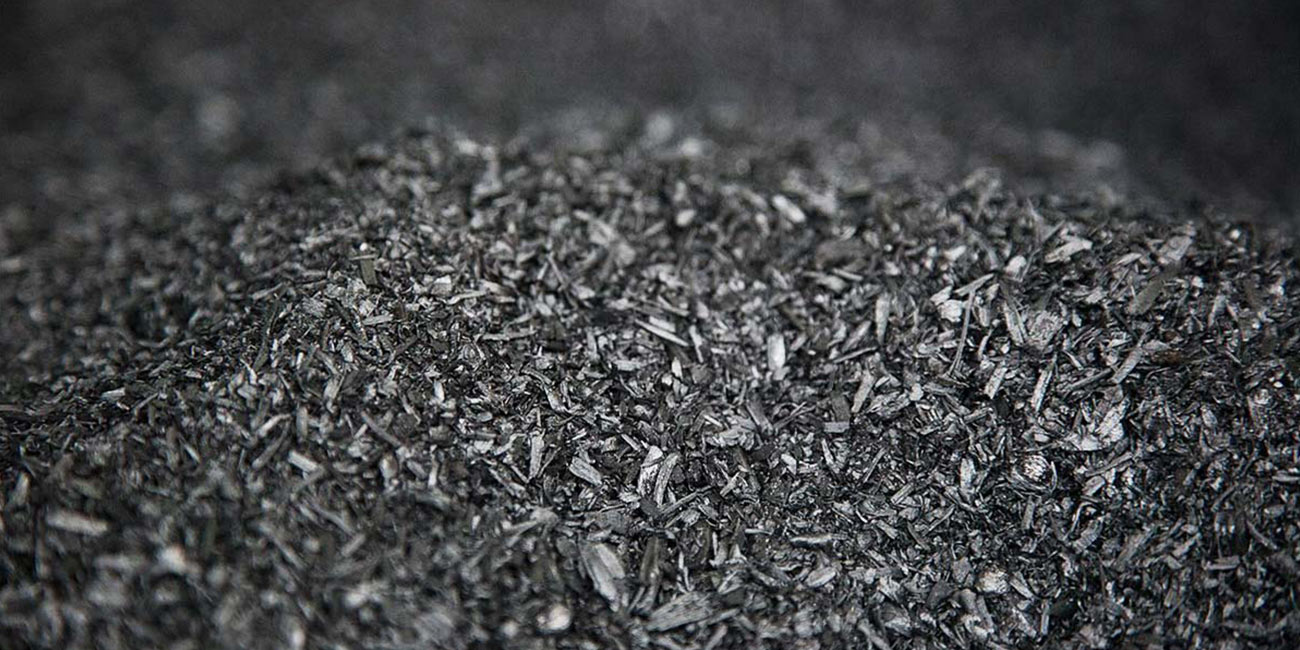Oil sludge is a complex mixture of oil, water, and solid particles produced during petroleum extraction, refining, and storage. Its treatment and disposal present environmental challenges due to its hazardous nature. Among the various factors influencing its treatment process, moisture content stands out as a key parameter. The efficiency and performance of pyrolysis systems are directly affected by the water present in the sludge.
How Moisture Content Affects Thermal Reactions
In the pyrolysis process, oil sludge is heated in an oxygen-free environment to decompose organic materials into valuable by-products like pyrolysis oil, syngas, and char. High moisture levels in the sludge can significantly hinder this process. The presence of water demands additional energy for evaporation before the actual thermal decomposition can take place. This not only reduces energy efficiency but also lowers the yield of oil products.
For instance, sludge with a moisture content above 30% may require a pre-drying step, increasing the overall operational cost and time. On the other hand, oil sludge with controlled moisture levels (typically below 15%) enables smoother processing and higher oil recovery rates. Managing moisture levels is crucial for ensuring the stability and productivity of the oil sludge pyrolysis plant.

Pre-Treatment Techniques to Manage Moisture
Before pyrolysis, pre-treatment of oil sludge is essential. Dewatering methods such as centrifugation, filtration, and thermal drying are commonly employed. Each method offers varying degrees of efficiency based on sludge characteristics. Thermal drying, for example, is effective but energy-intensive. Centrifugal separation is less costly but may leave residual moisture. Selecting the appropriate pre-treatment method directly impacts the final performance of the pyrolysis process.
For industrial applications, integrated solutions combining drying and pyrolysis have become increasingly popular. A thermal desorption unit can be used to heat the sludge and evaporate water before it enters the reactor. This reduces the energy load during pyrolysis and ensures consistent results, especially in continuous operations.
Energy Consumption and Efficiency
Moisture content significantly influences the energy balance in pyrolysis. Evaporating water consumes a large portion of the energy input, decreasing the net energy output of the process. When processing high-moisture oil sludge, the system’s heating components must work harder, leading to increased fuel consumption and wear and tear.
Using advanced pyrolysis machinery helps to mitigate these effects. Continuous designs are equipped with preheating zones and integrated moisture control systems, allowing for more stable temperatures and reduced energy waste. This ensures that even oil sludge with moderate moisture levels can be processed efficiently.
Impact on Final Product Yield and Quality
The moisture level in oil sludge also affects the quantity and quality of the pyrolysis output. Excessive water reduces the yield of pyrolysis oil since some of the thermal energy is used to evaporate moisture rather than crack hydrocarbons. Additionally, high moisture can affect the composition of the produced syngas, making it less energy-rich.
A balanced moisture level helps in producing high-quality pyrolysis oil with minimal impurities and maximized calorific value. For operators aiming to optimize output, monitoring and controlling moisture must be an integral part of the operation protocol.
Environmental and Economic Considerations
Managing moisture content effectively also contributes to environmental sustainability. When the process operates efficiently, fewer emissions are generated, and the need for post-treatment of gases is reduced. Moreover, the reduction in energy use leads to cost savings and smaller carbon footprints.
To ensure both environmental compliance and economic feasibility, many industry leaders like Beston Group offer customized pyrolysis systems that include moisture regulation features. Their modular equipment allows operators to adapt the setup based on sludge composition and moisture content, enabling more flexible and effective operation.
Conclusion: Importance of Moisture Control in Pyrolysis
In conclusion, the moisture content in oil sludge plays a crucial role in determining the success of the pyrolysis process. From influencing energy consumption and product yield to impacting overall system performance, controlling moisture is vital. Pre-treatment methods, coupled with advanced pyrolysis machinery and systems like thermal desorption unit, are essential tools in achieving optimal results. Investing in reliable technology and understanding the specific needs of your oil sludge feedstock will ensure that your oil sludge pyrolysis plant operates efficiently, sustainably, and profitably.
